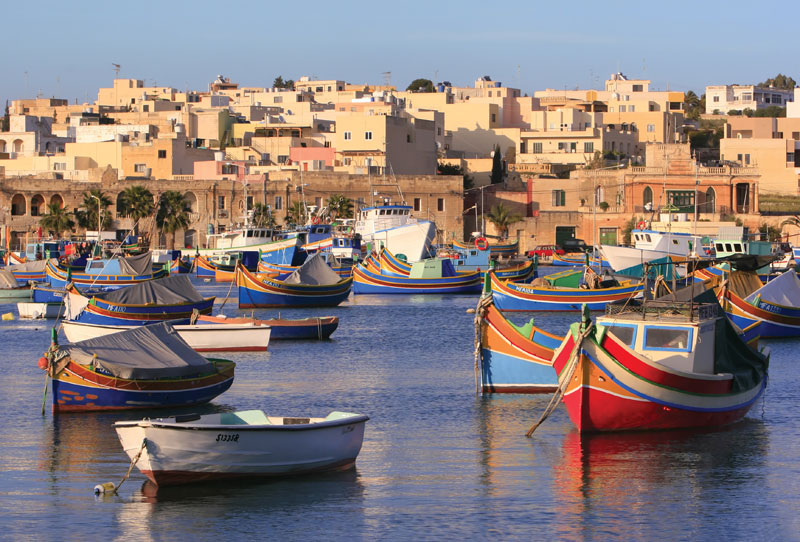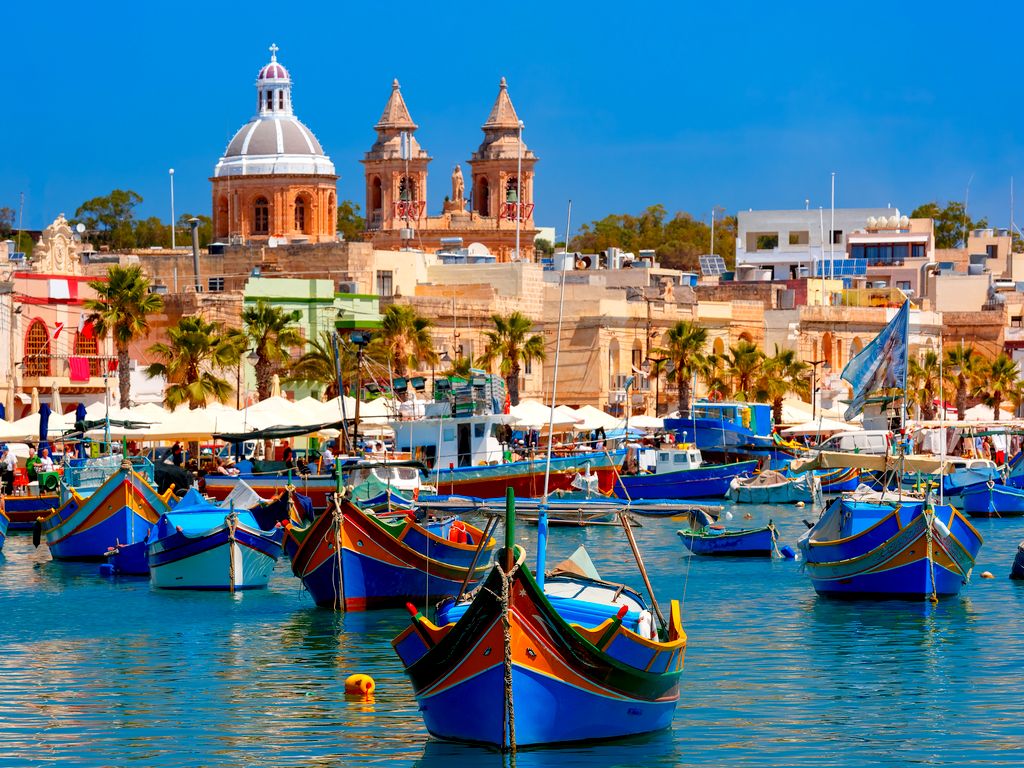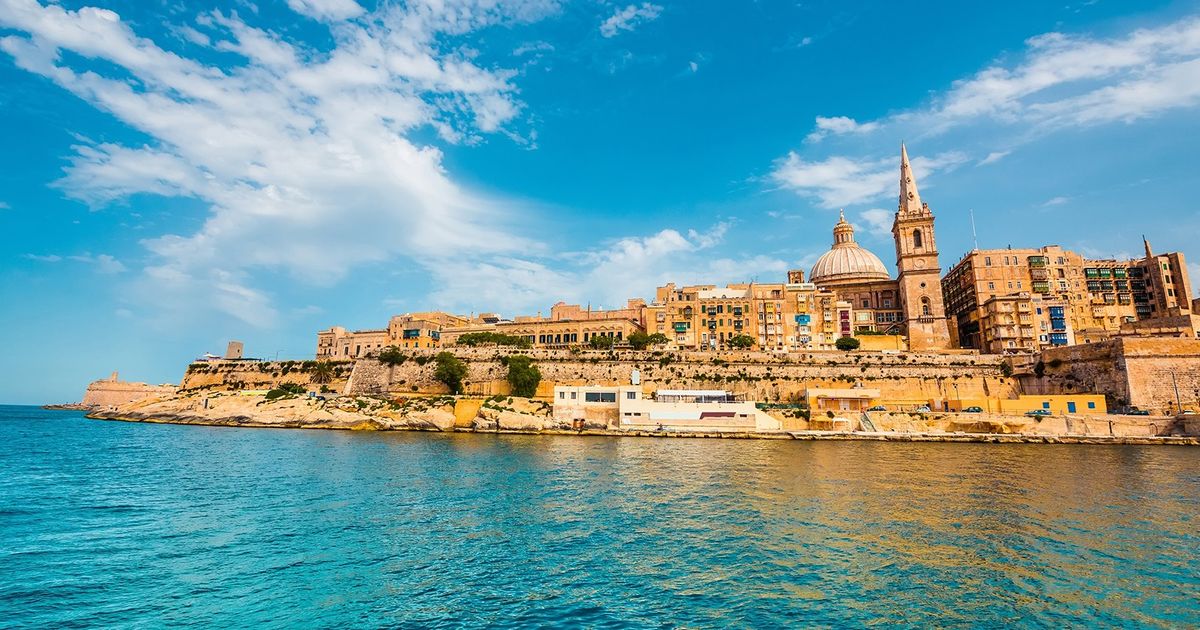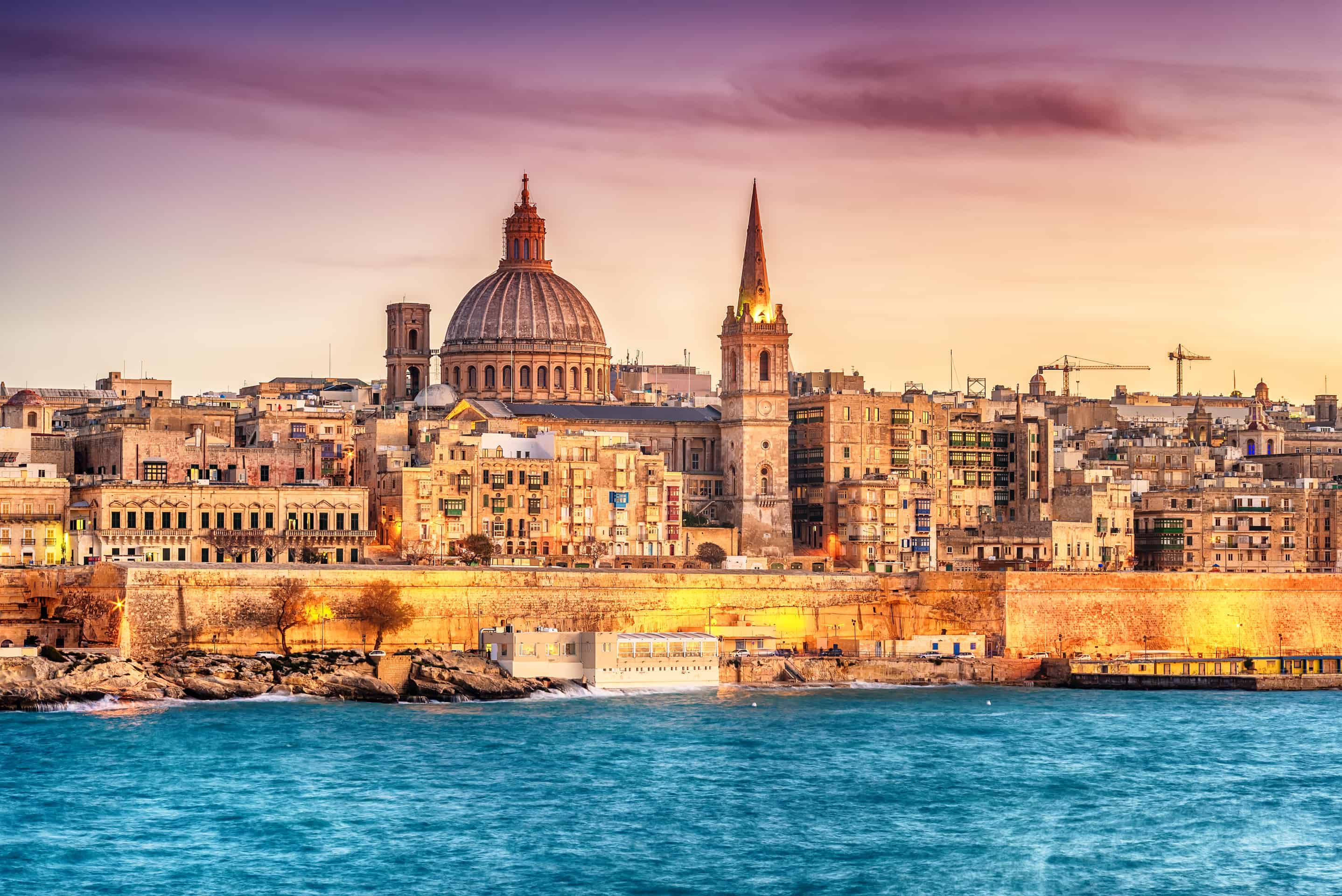Explore Megalithic Temples on private tour from Valletta
 Photo permit included
Photo permit included
 Tour by public transport
Tour by public transport
 Canal Boat tour included
Canal Boat tour included
 Train tickets included
Train tickets included
 Suitable for little children
Suitable for little children
 Wheelchair accessible tour
Wheelchair accessible tour
 Museum ticket included
Museum ticket included
 Light snack included
Light snack included
 Lunch included
Lunch included
 Transportation included
Transportation included
 Walking Tour
Walking Tour
Valletta is the capital of Malta, a World Heritage site which is almost an open-air museum. Valletta has welcomed emperors, heads of state, artists and poets and is now the permanent seat of the Maltese government. The grid of narrow streets boasts some of Europe's finest art works, churches and palaces.
Valletta is full of intriguing historical sites; there are many votive statues, niches, fountains and coats of arms high up on parapets. Narrow side streets are full of tiny quaint shops and cafés. The magnificent fortress city grew on the arid rock of Mount Sceberras peninsula, which rises steeply from two deep harbours, Marsamxett and Grand Harbour. Started in 1566, Valletta was completed, with its impressive bastions, forts and cathedral, in the astonishingly short time of 15 years. Ruled successively by the Phoenicians, Greeks, Carthaginians, Romans, Byzantines, Arabs and the Order of the Knights of St John, it is one of the most concentrated historic areas in the world.
What's included
- English-speaking guide
- Pick-up and drop-off
- Transportation
- Entrance fees (Temples Megalithic)
- Food and drinks
- Personal expenses
- Pick-up and drop-off at the port of Valletta
- Comfortable footwear required
- Sun cream and bottled water are recommended to be taken
Highlights
Itinerary
09:00
You will be met at the port and guided you to your transportation ready to commence your tour.
The first visit will be the site of the temple of Hagar Qim. The Temple of Hagar Qim (c. 3600 – 3200 BC) stands on a hilltop overlooking the sea and the islet of Filfla. The views out across the sea from here are beautiful with breathtaking views and there are fantastic photo opportunities. The temple itself consists of a single temple unit, although it is not clear if it was originally constructed as a four or five-apse structure. Other temple ruins stand a few metres away from the main temple and the forecourt and facade follow the pattern typical of temples across the Islands. Various items of interest have been unearthed at Hagar Qim, notably a decorated pillar altar, two table-altars and some of the ‘fat lady’ statues which are now on display in the National Museum of Archaeology.
From here your tour continues as you make your way over to visit one of the three temples of Tarxien, the best example of the megalithic culture of the Copper Age. Tarxien was the first temple site to be excavated and it offers a unique collection of Stone idols and tablets, domestic animals carved in relief, altars and screens decorated with spiral designs and other patterns, oracular chambers and riches enhance the attractions of these temples. The site lay hidden for centuries until its discovery in 1914, when farmers struck large stone blocks while ploughing a field. Malta’s first director of Museums excavated the site in 1915-17. Fertility goddess figures (now in the national museum in Valetta) discovered at the ruins indicates that the temples were dedicated to the Earth Mother, as were many Maltese temples. The most famous of these figures is a sculpture of large hips with feet, dubbed the ‘Fat Lady’ Spherical stones also found at the site have provided a valuable clue as to how the great stones of Malta’s megalithic temples were moved into place—they were probably rolled on the stones while being towed with ropes.
The tour continues with a visit to the picturesque fishing village of Marsaxlokk where you can enjoy the beautiful waterfront area with its multicoloured boats, stone houses, and where you can watch the local fishermen repairing their nets as they dry out in the sun or simply relax and enjoy this beautiful village with a coffee.
The tour ends with a drive back to the port to meet your cruise ship in plenty of time for your departure.






